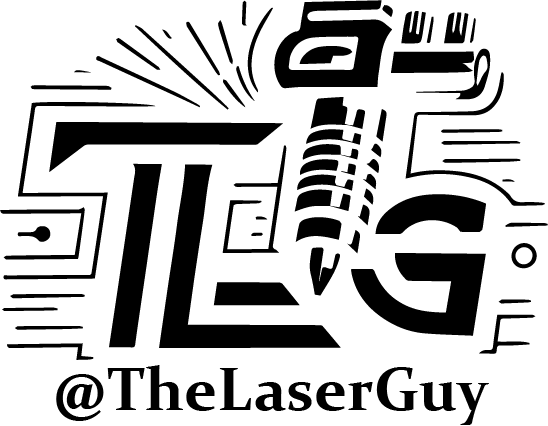Art History: Defaced Currency or Folk Art? Hobo Coins in Canada

Hobo coins, also known as hobo nickels, are a unique form of folk art that emerged during the late 19th and early 20th centuries. The art form was primarily practiced by hobos, or transient workers, who used coins as a medium to create intricate designs that reflected their nomadic lifestyle. This blog post will explore the fascinating history of hobo coins and hobo nickels in North America.
The Origins of Hobo Coins
The origins of hobo coins and hobo nickels can be traced back to the late 1800s when hobos began traveling across the United States and Canada in search of work. These transient workers often relied on their artistic skills to supplement their income, and coin carving became a popular way for them to earn a few extra cents.
Initially, hobo coins were created by etching or scratching designs onto the surface of a coin. However, as the art form evolved, hobos began using sharpened nails or pocket knives to carve intricate designs into the coins. Some hobos even used acids to dissolve parts of the coin to create a three-dimensional effect.
Hobo coins and hobo nickels became popular among other hobos and were often traded or sold as a form of currency. The coins also served as a form of identification among hobos, with each coin featuring a unique design that represented the individual who carved it.
The Golden Age of Hobo Coins
The early 1900s marked the golden age of hobo coins and hobo nickels, with many skilled hobos creating elaborate designs that reflected their experiences on the road. Some of the most popular designs featured animals, such as buffalo and elephants, while others depicted famous figures, such as Abraham Lincoln or Buffalo Bill.
During this time, hobo coins and hobo nickels became highly sought after by collectors and began appearing in galleries and museums. One of the most famous hobo coin artists was Bertram Wiegand, also known as “Bert the Turtle,” who created some of the most intricate and detailed hobo nickels of the era. His designs featured complex, multi-layered images that often included multiple figures and scenes.
Hobo Coins in Canada
Hobo coins and hobo nickels were also popular among transient workers in Canada during the same period as in the United States. Canadian hobos created their own unique designs, often featuring images of Canadian wildlife, such as beavers and moose, or prominent Canadian figures like Sir John A. Macdonald, the first Prime Minister of Canada.
One of the most famous Canadian hobo coin artists was George Washington Hughes, also known as “Bo” Hughes. Born in Ontario in 1895, Hughes left home at the age of 16 and spent the next several years traveling across Canada and the United States, working odd jobs to survive. During his travels, he began carving hobo nickels, and his work quickly gained recognition among other hobos.
Hughes’ carvings often depicted animals, landscapes, and portraits of famous figures, and he was known for his exceptional skill in creating lifelike detail in his carvings. His work was featured in galleries and exhibitions across Canada and the United States and remains highly sought after by collectors today.
Decline and Resurgence of Hobo Coins
The popularity of hobo coins and hobo nickels declined in the mid-20th century as the hobo lifestyle began to disappear. However, the art form experienced a resurgence in the 1980s and 1990s, as collectors and artists began to appreciate the unique history and craftsmanship of hobo coins and hobo nickels.
Today, hobo coins and hobo nickels continue to be created by artists and collectors around the world. While the original hobos who created these coins may be long gone, their legacy lives on in the intricate and beautiful designs they left behind.
Hobo coins and hobo nickels are a fascinating form of folk art that reflect the nomadic lifestyle of hobos in the late 19th and early 20th centuries. Defaced currency, recognized and referred to as art. The intricate designs and skilled craftsmanship of these coins are a testament to the creativity and resourcefulness of these transient workers. While the popularity of hobo coins and hobo nickels has waxed and waned over the years, their unique history and cultural significance ensure that they will continue to be appreciated and admired for generations to come.




